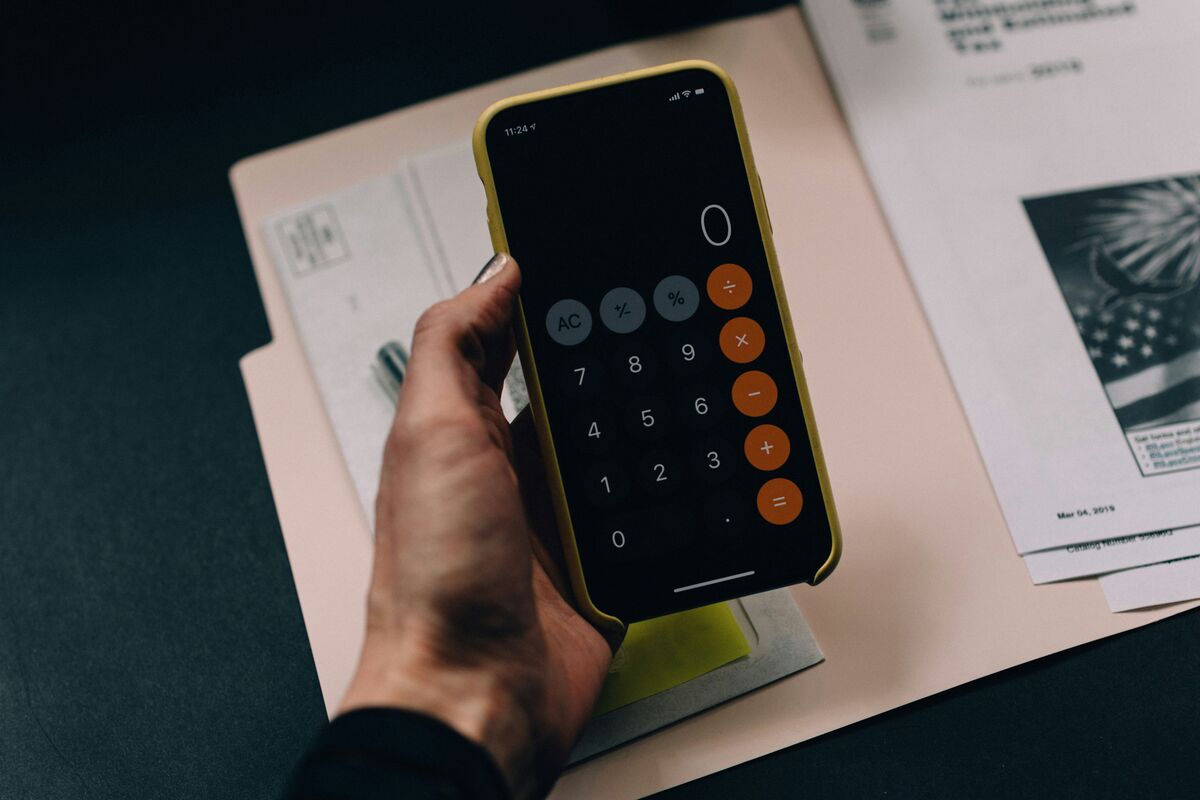Emergency Fund Essentials: How Much You Need and Where to Keep It
A comprehensive guide to building and maintaining an emergency fund that protects your financial security during unexpected situations.

Building Your Financial Safety Net
An emergency fund is your financial safety net, providing peace of mind and protection against unexpected expenses or income loss.
Why Emergency Funds Matter
Life is unpredictable. Emergency funds help you handle:
- Medical emergencies and unexpected healthcare costs
- Job loss or reduced income
- Major home or car repairs
- Family emergencies requiring travel
- Economic downturns or market volatility
How Much Should You Save?
The Traditional Rule: 3-6 Months
Most financial experts recommend saving 3-6 months of living expenses. However, your specific situation may require more:
- 3 months: Dual-income households with stable jobs
- 6 months: Single-income households or volatile industries
- 9-12 months: Self-employed individuals or commission-based income
Calculate Your Target Amount
List your essential monthly expenses:
- Housing (rent/mortgage, utilities)
- Food and groceries
- Transportation
- Insurance premiums
- Minimum debt payments
- Basic personal care items
Multiply by your target number of months
This is your emergency fund goal
Where to Keep Your Emergency Fund
High-Yield Savings Accounts
Best for immediate access while earning interest:
- FDIC insured up to $250,000
- Easy online access
- Higher interest rates than traditional savings
- No penalties for withdrawals
Money Market Accounts
Offer similar benefits with:
- Check-writing privileges
- Slightly higher interest rates
- Minimum balance requirements
- Limited monthly transactions
Short-Term CDs
For portion of emergency fund:
- Higher interest rates
- FDIC insured
- 3-6 month terms for accessibility
- Penalty for early withdrawal
Building Your Emergency Fund
Start Small, Think Big
- Begin with $500-$1,000 as initial goal
- Increase to one month of expenses
- Gradually build to full target amount
Funding Strategies
- Automatic transfers: Set up weekly or bi-weekly transfers
- Tax refunds: Direct refunds to emergency savings
- Expense cuts: Redirect money from reduced spending
- Side income: Use earnings from additional work
- Windfalls: Save bonuses, gifts, or unexpected money
Make It Separate but Accessible
- Keep in separate account from checking
- Ensure easy access without fees
- Don’t tie to debit cards or checks
- Consider online-only banks for higher rates
When to Use Your Emergency Fund
True emergencies only:
- ✅ Job loss or significant income reduction
- ✅ Major medical expenses not covered by insurance
- ✅ Critical home repairs (roof, heating system)
- ✅ Essential car repairs for work transportation
- ❌ Vacations or planned purchases
- ❌ Holiday gifts or entertainment
- ❌ Non-essential home improvements
Replenishing After Use
When you use emergency funds:
- Prioritize replenishment in your budget
- Return to automatic savings immediately
- Consider if you need a larger fund based on the experience
- Adjust your monthly contribution if needed
Emergency Fund vs. Other Goals
While building your emergency fund:
- Prioritize high-interest debt payoff first (credit cards)
- Build emergency fund alongside retirement contributions
- Delay major purchases until fund is established
- Consider opportunity cost but prioritize security
Your emergency fund is the foundation of financial security. Start building yours today, even if it’s just $25 per week.

